Many a project manager will tell you that quizzing leadership teams about their frustrations and then solving their underlying problems easily trumps arriving on the scene with a pet system methodology. Asking questions such as, ‘Why am I here?’ or, ‘What was the problem with the previous project manager?’ tend to be the most revealing! It’s about recognising what is REALLY needed and putting the correct systems in place to achieve it.
However, what happens when there is a disconnect between the board and the project and the board doesn’t know what IS needed? It’s certainly true that one of the major drawbacks of working in senior leadership roles is the danger of losing touch with the activities of the team. For leaders at the board level, it’s vital to stay in touch with all aspects of the project.
When sponsors of projects are disengaged and there is a lack of true higher-level leadership it will, of course, lead to unrealistic expectations. Furthermore, if the owners of a project aren’t smart and setting realistic targets it will probably spell failure for those trying to implement the project. Unfortunately, plenty of project management case studies could be written about projects that failed in this way. While lack of implementation of a management process is one of the major causes, the effect of unrealistic expectations is another.
To prevent a project from meeting with this kind of failure, as a project manager, you’ll need to watch out for the following indications of unrealistic expectations :
Poor performance To meet unrealistic expectations, a team could well be rushing work and cutting corners. They might even be focussing on the wrong priorities because of unclear goals and expectations. It all leads to wasted time and reduced productivity.
Missed delivery dates If the team constantly fails to meet the deadlines, it might indicate that the project duration should be renegotiated and the team’s workload or the time required for performing the tasks needs to be estimated again.
Overrunning costs When a budget is based on unrealistic expectations, project costs will probably overrun. If the deadline is also unrealistic, the team will be working overtime, adding to the overall cost.
So how does a project manager step in and save a project without stepping on any executive toes and, at the same time, overcome any unrealistic expectations? Why not use our RAISE method and create your own successful project management case studies?
R is for REALISTIC.
Set some realistic expectations! Set them correctly from the start, especially in terms of reporting. You know how you want things to be reported and how that fits into a portfolio of works. The depth, breadth and transparency of reporting should be fair, balanced and suitable for the audience to understand. Also, reports should provide the information needed for board members to make decisions, report onward to stakeholders and trigger previously agreed corrective actions when they have legitimate concerns about the achievement of project objectives and viability. Effective reporting helps to keep expectations realistic.
A is for AVOID.
Avoid scope creep. When project deliverables change as the work progresses and exceed the project scope, you end up with more tasks and responsibilities than you bargained for. Such a situation is termed scope creep and it usually doesn’t happen all at once; it slowly creeps in. Changes in the scope of the project are a major cause of missed deadlines and, thus, project failures. It is crucial to define, circulate, and obtain mutual agreement around expectations of the scope of your project before you begin.
I is for INTENT!
Make a plan! The planning stage is critical when it comes to managing expectations. Set detailed and realistic expectations based on the capability/capacity of the team (considering human, financial, intellectual, and structural resources) and the desired outcomes. What outcomes are the stakeholders/clients expecting and what are the team able to deliver? (Taking into account possible contingencies, to protect the momentum of any project from any threats.)
Clarity is the key to successful project planning: make sure that everyone has the same understanding of the project plan and objectives.
- define roles and responsibilities clearly and in good time;
- determine schedules and task dependencies;
- establish KPIs and metrics that will be used;
- estimate available resources.
S is for SET.
Set project milestones. You need to be able to point project managers, clients, stakeholders, and the team to different stages of the project’s development. When you have reached a given stage you know the project is on the right track and it’s cause for celebration. Furthermore, it’s a great way to continually set realistic expectations as clients, managers, and other project stakeholders will have a clearer understanding of what has been done, what still needs doing, and who is responsible for doing it.
E is for EFFECTIVE COMMUNICATION.
Lots of it! Clarify your expectations and requirements to the team, and keep abreast of their progress. Then communicate that progress with stakeholders and clients (this will help to keep expectations realistic). Effective communication builds trust and if your typical communicative style is by way of email, you are missing valuable ‘in person’ opportunities. Too often we hear, ‘I wasn’t told’, or ‘it was in the email’, but often, no matter how good our written communication is, repeating what you need to happen and getting people to repeat that need is where it sticks.
Getting rid of unrealistic expectations as a project manager is not easy and setting realistic ones can take time and effort. Just remember that the main thing is that the project delivers over and above, regardless. It doesn’t have to be perfect, but keep progressing towards the goal and deliver as an elite team delivers. Draw out the best from your team by expecting more of them. That isn’t working crazy hours, but rather doing the preparation, laser focus and executing with integrity. Your success goes beyond the project itself. Excel and you get more, more projects, money and epic opportunities. It is this behaviour that enables peak performance, ascending the heights and creating elite-level project management case studies worth reading!
If you need elite-level project management, let our team show you how! We are prepared to expect the expected, expect the unexpected and we always expect more from ourselves!


